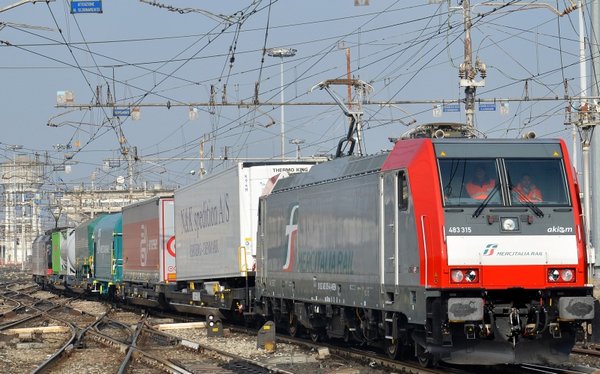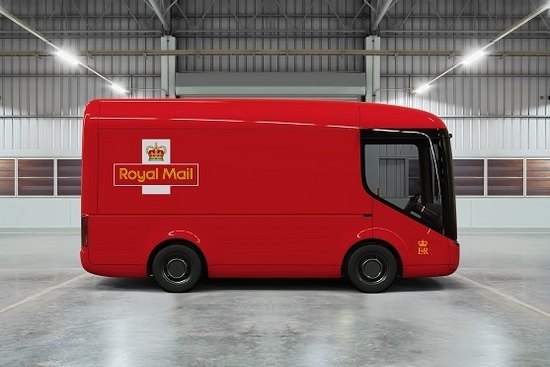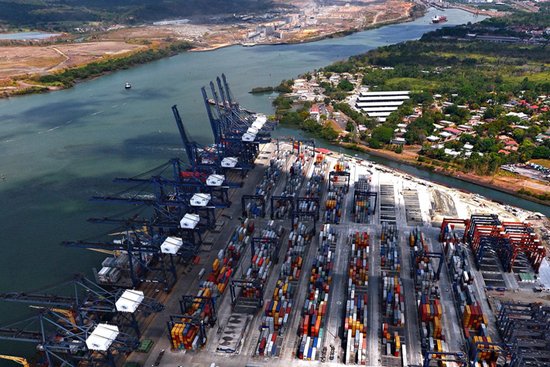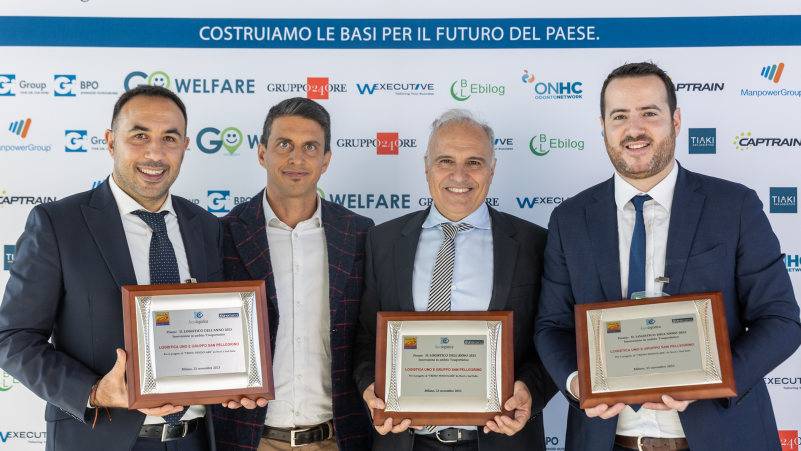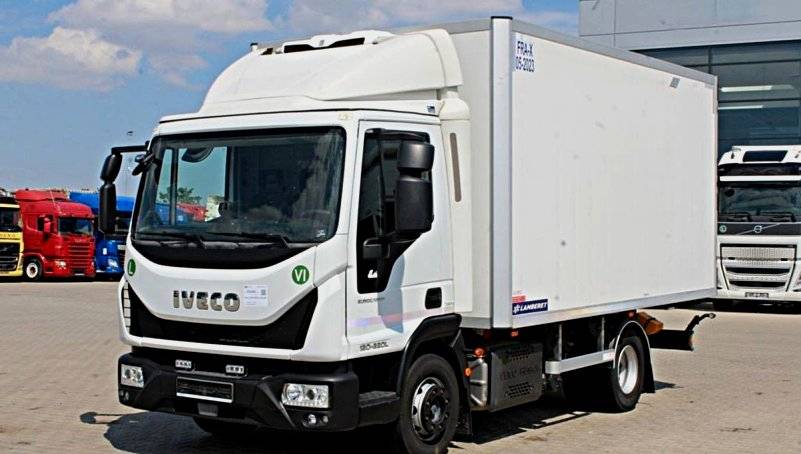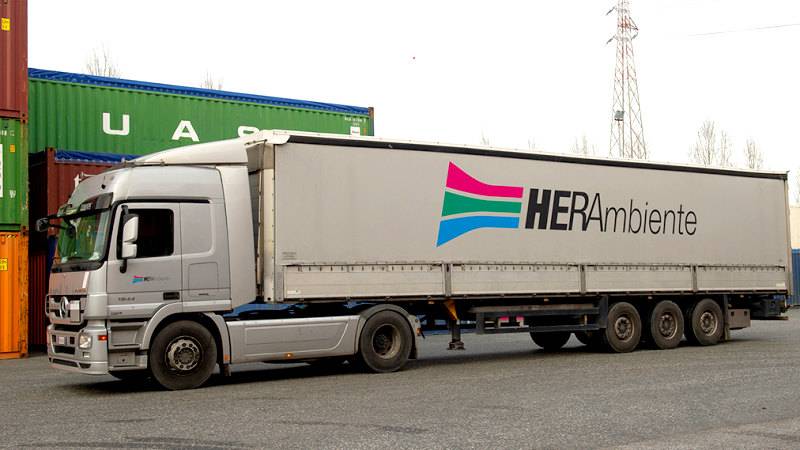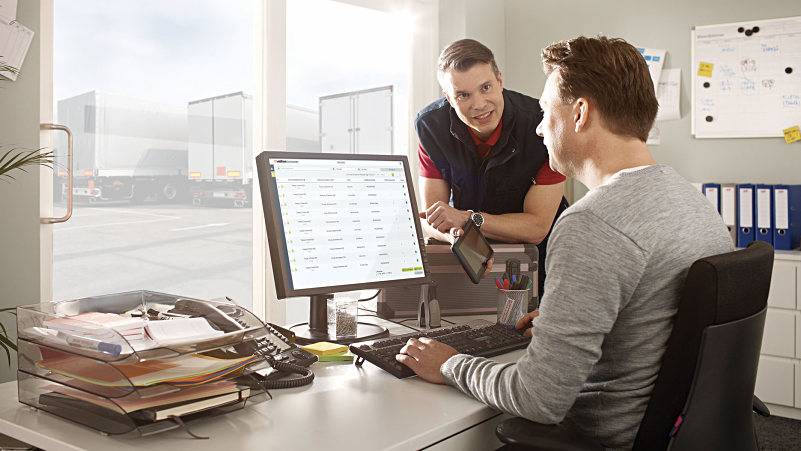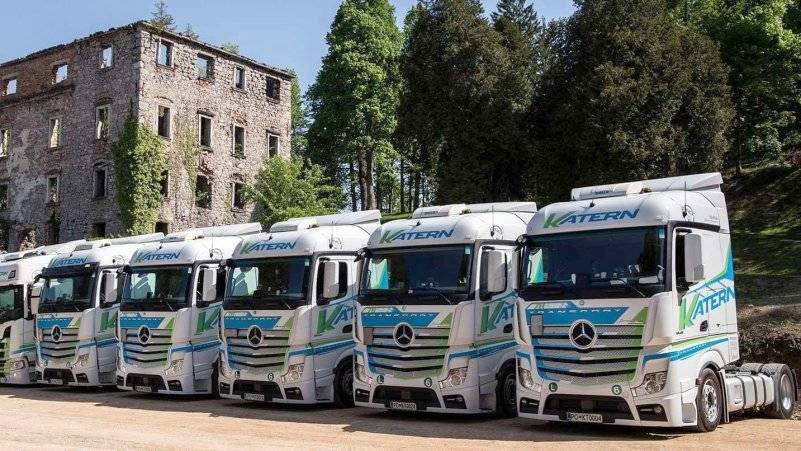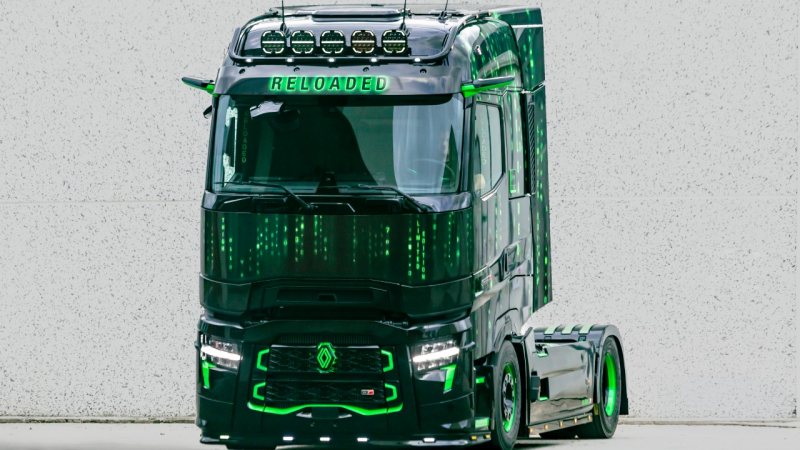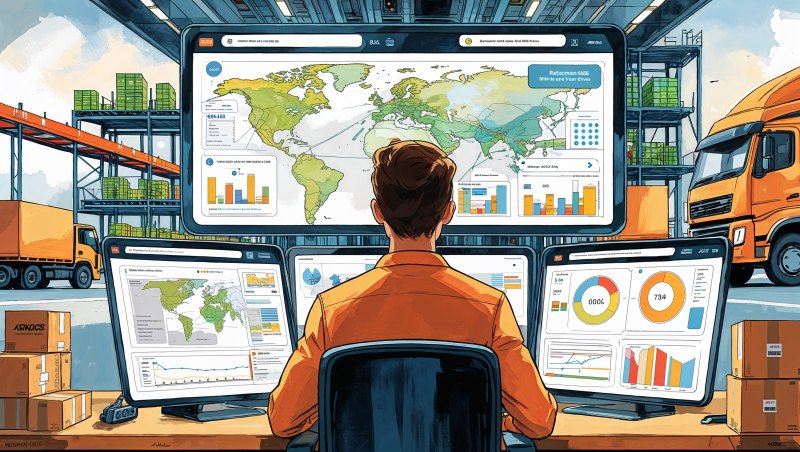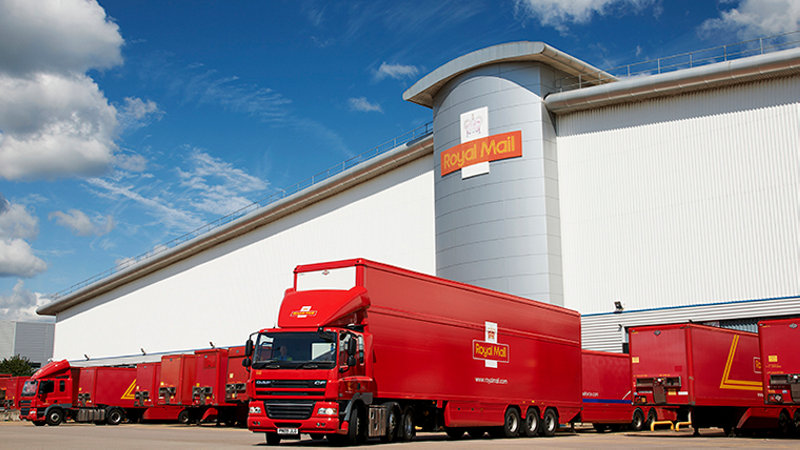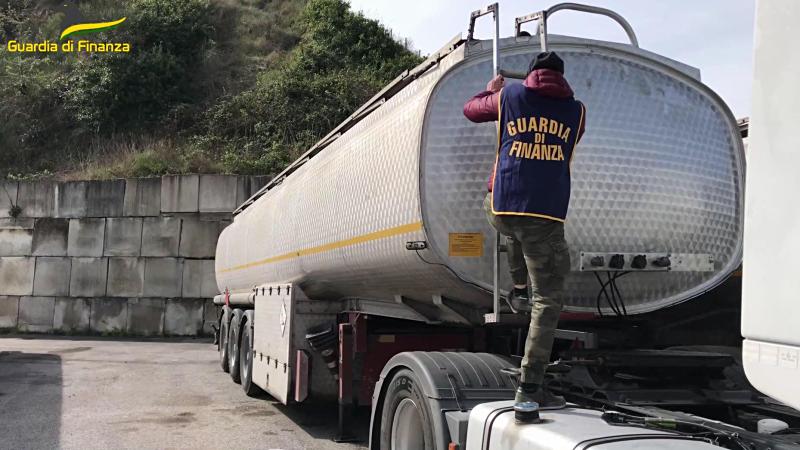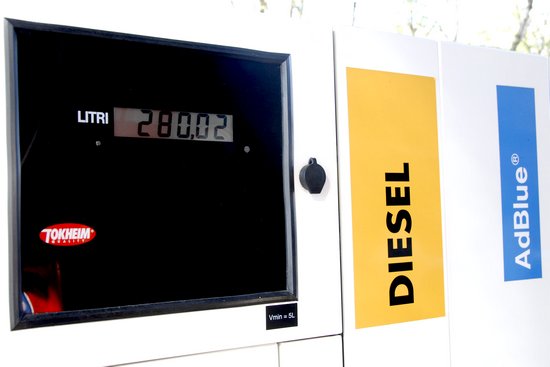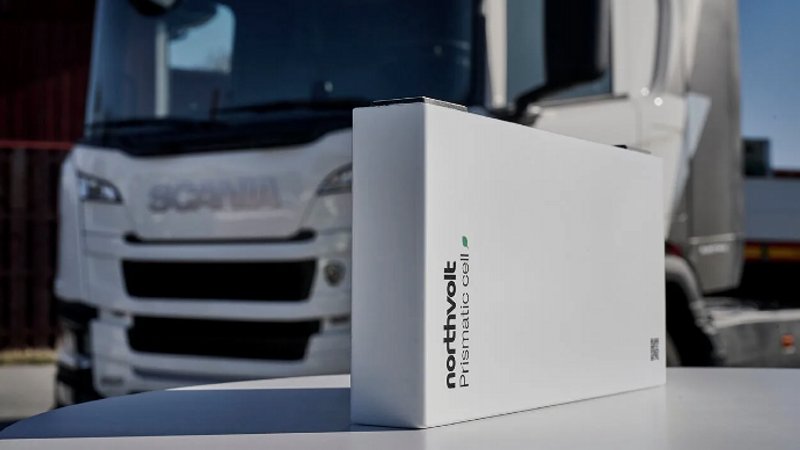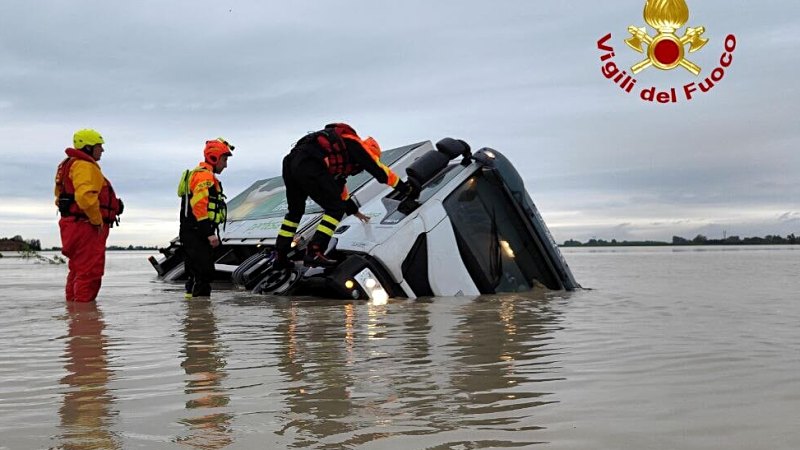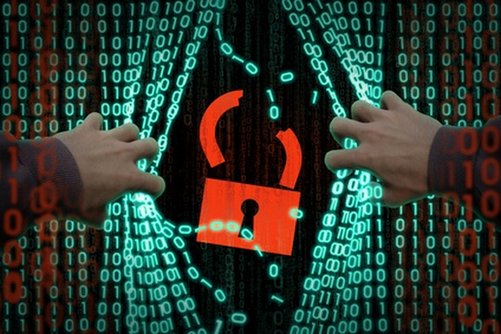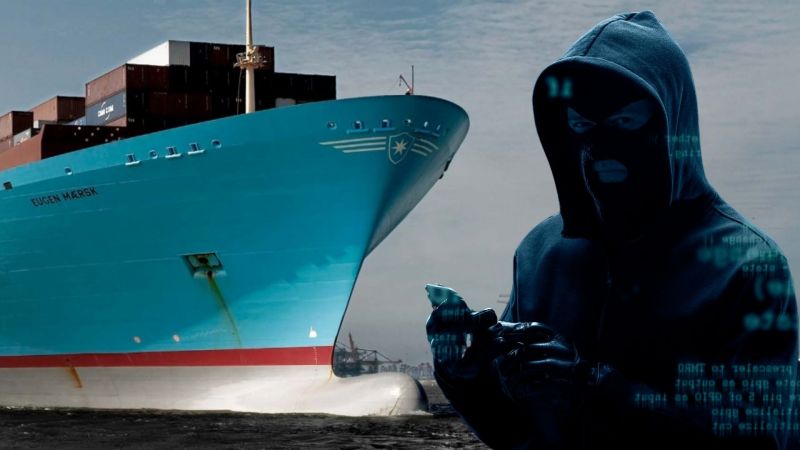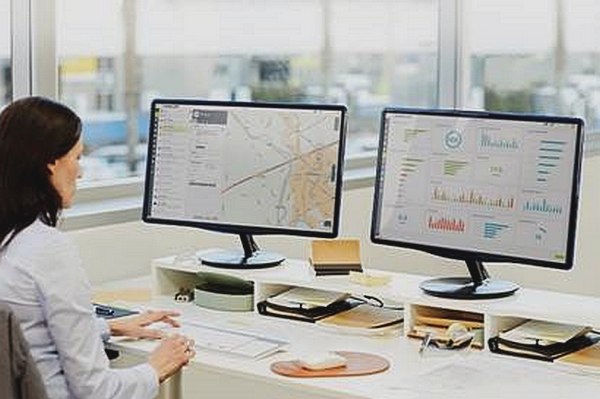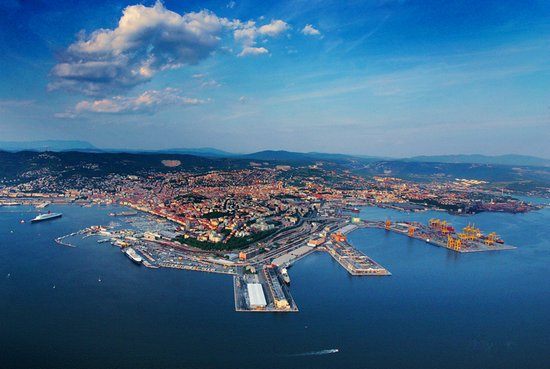On 12 February 2025, South Korean conglomerate HD Hyundai announced that its shipbuilding subsidiary, HD Korea Shipbuilding & Offshore Engineering (HD KSOE), had developed a nuclear-powered container vessel based on small modular reactor (SMR) technology. The official presentation of the project took place in Houston during the "New Nuclear for Maritime" summit at the Asia Society Texas Center. The vessel, with a capacity of 15,000 TEU, has already received Approval in Principle (AIP) from the American Bureau of Shipping (ABS), confirming its initial compliance with safety and technical feasibility requirements.
Unlike conventional ships, nuclear-powered vessels do not require exhaust systems for engines or fuel tanks, allowing for the optimisation of storage space, increased cargo capacity, and improved economic efficiency. To ensure safety, HD KSOE has developed an advanced radiation shielding system based on a dual barrier of stainless steel and light water.
A further innovative aspect of the project is the application of a supercritical carbon dioxide propulsion system, developed in collaboration with Baker Hughes. This technology enhances thermal efficiency by approximately 5% compared to traditional steam-based systems, contributing to the overall sustainability of operations. To test the safety and performance of this technology, HD KSOE plans to establish a demonstration facility at its Future Technology Test Center in Yongin, Gyeonggi Province.
The Texas summit featured a roundtable discussion on civilian nuclear propulsion for large ships, attended by key industry figures, including Park Sangmin, head of the Green Energy Research Lab at HD KSOE, Christopher J. Wiernicki, chairman and CEO of ABS, and John Michael Richardson, former Chief of Naval Operations for the United States.
Park Sangmin emphasised the importance of collaboration with leading classification societies and international regulatory authorities to establish an appropriate legal framework for the commercialisation of nuclear-powered ships. The company has already launched a project for the production of land-based SMR reactors, marking the first step towards the development of a viable business model for the maritime sector. Patrick Ryan, Chief Technology Officer of ABS, highlighted how nuclear-powered vessels could revolutionise the shipping industry, emerging as a key solution in achieving carbon neutrality in maritime transport.
HD KSOE, already active in researching innovative decarbonisation technologies, has intensified its collaboration with US-based TerraPower to develop next-generation SMR reactors. Last December, the company secured a contract to manufacture key components for the Natrium reactor, currently under construction in Wyoming, further solidifying its position in the nuclear energy sector applied to maritime shipping.
TerraPower is a US-based nuclear reactor design company founded in 2006 by Bill Gates and headquartered in Bellevue, Washington. The company is known for developing a new generation of nuclear reactors called "traveling wave reactors" (TWR), which use depleted uranium as fuel and can operate for 40-60 years without refuelling. One of TerraPower's most significant projects is the Natrium reactor, which uses liquid sodium as a coolant instead of water, significantly reducing construction costs.



